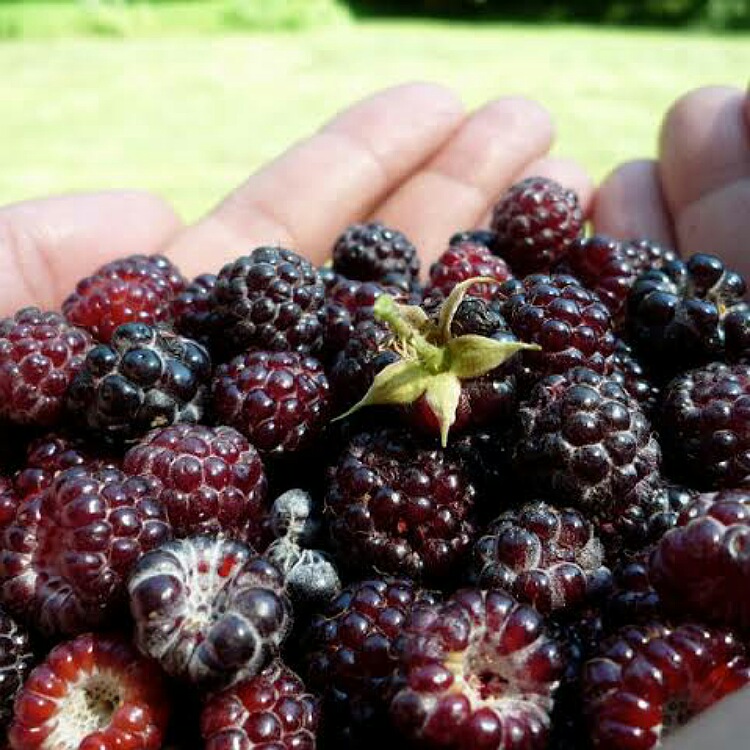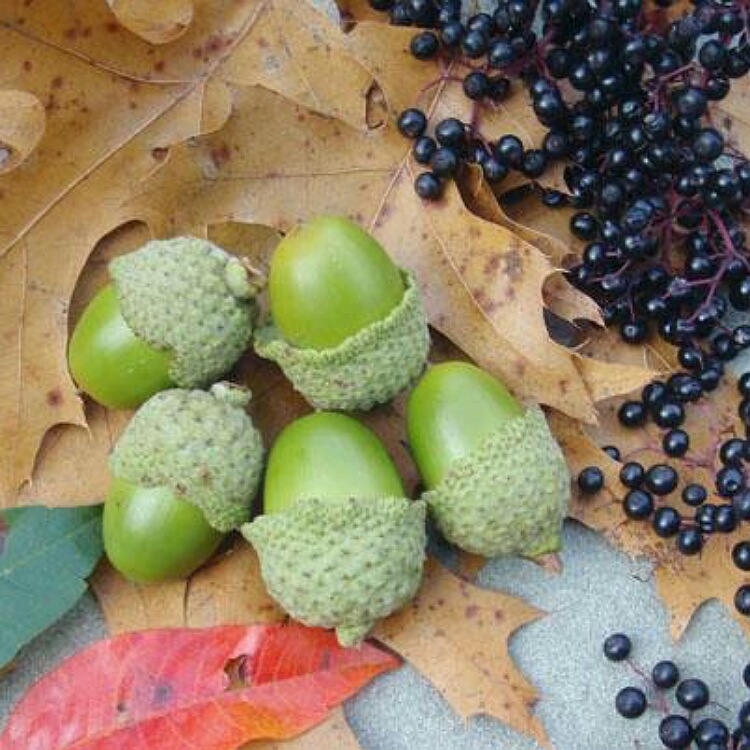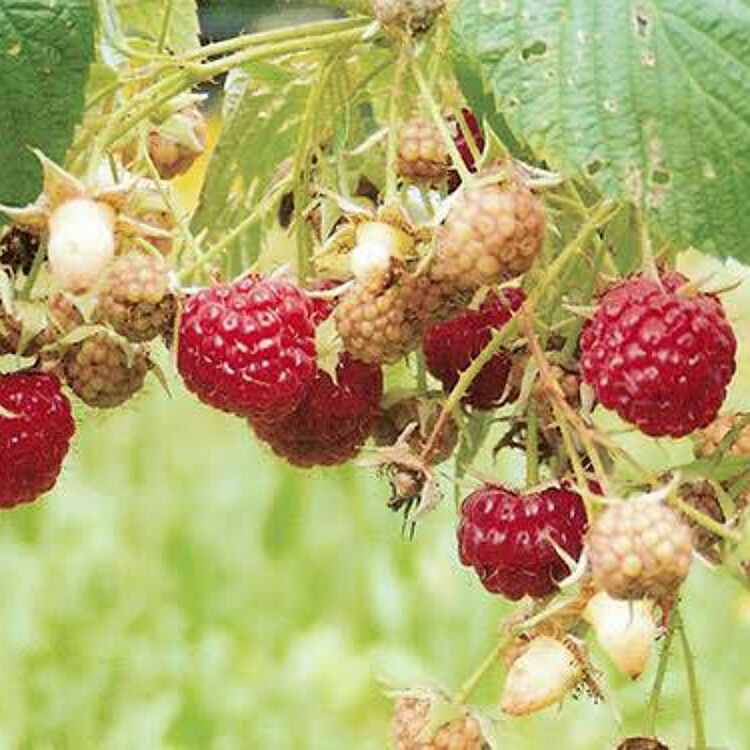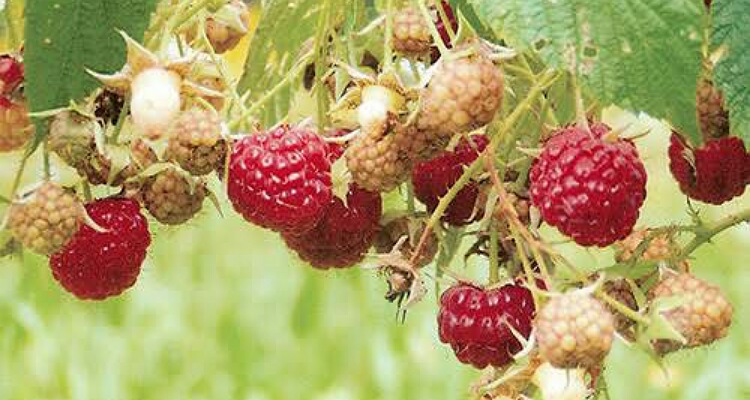Food prices are soaring and foods are increasingly becoming unaffordable. They are going out of reach of the poor and food banks are full and facing food shortages themselves.
At such a time, foods from the wilds could help overcome the crisis. Julie Bruton and Matthew Seal have penned a book on gathering and cooking the free foods from the wild.
Foods from the wilds: Eat your weeds
Due to multiple reasons, food prices are rising exorbitantly. They are so high that common and poor people are unable to buy grocery to feed themselves and their families.
At such a time, free foods from the wilds could offer some solution. Writers Julie Bruton and Matthew Seal have authored a book called Eat Your weeds.
In this, they have talked about the unnecessary small plants called weeds that grow along with the useful crops. Farmers tend to make great efforts to destroy the weeds. But these same weeds can feed the hungry mouths of this age.

The authors provide details on how to identify the edible weeds, gather them, and cook them in a delicious and savory way. These weeds grow wild and are therefore free and easily available.
There is mention in this book of UK’s top 24 weeds that can be employed to cook meals, snacks and make delicious drinks.
What the authors say?
Both the writers are members of the Association of Foragers in the UK. Matthew states:
“Weeds are the wild plants that live alongside us and we have tried to destroy them for as long as we have grown crops,”
“But these are plants that can be so useful to us: they are local, sustainable and they are often delicious. They are amongst our oldest companions and they persist: we wanted to celebrate them.”
There are 90 recipes in the book; all cooked up with the backyard weeds. These include Alexanders, yarrow, ground elder, Jack-by-the-Hedge, nettle and daisies. He adds:
“We think of weeds as a useful free food, a garden micro-crop that can be a great addition to our everyday cooking that can offer us exciting new flavours,”

He considers them as survival foods when money is less and supplies of traditional foods limited. Julie got the idea to write a book in 2019:
“I woke up in October 2019 with the title and the whole book completed in my head,”
More on weeds identification
Identifying weeds is vital. It can be difficult and dangerous too. But some of the weeds are easy to recognize. We know them since the childhood days. They include blackberries, nettles, dandelions and daisies. Matthew praises the weeds:
“Weeds are actually more nutritious than most of the vegetables we grow or buy – they have deep roots that loosen the soil and bring minerals up from far below.”

He admits:
“It’s a wonderful feeling to eat something that you’ve gathered yourself.”
Read more: Sea moss: nutritional facts and claimed health benefits!
Both writers eat plants and forage for their meals. One can make s wonderful summer drink with elderflower and rose petals. Dandelions can go into making jams.
Daisy tea tastes good and is mild and pleasant. But avoid weeds that might have been sprayed with pesticides and herbicides.
